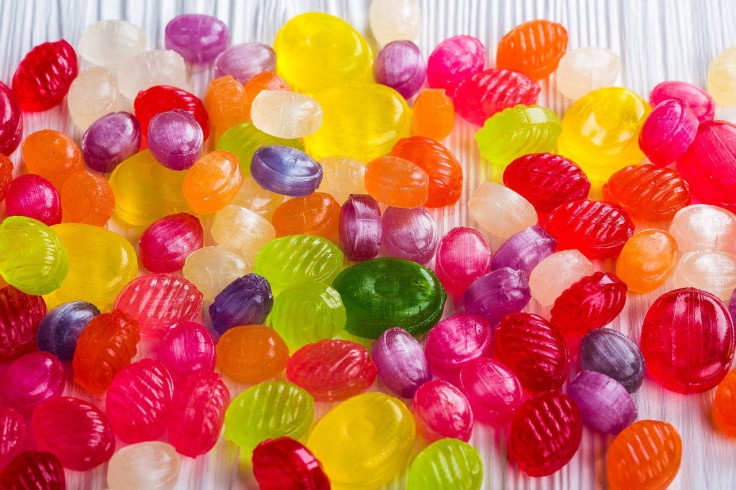New COVID-19 Detector? Researchers Use Candy To Spot Possible COVID-19 Cases
KEY POINTS
- Researchers are testing the efficacy of candy in spotting possible COVID-19 cases
- For the unique test, participants are asked to eat a piece of candy per day and record its taste and smell
- Those who develop a sudden change in their sense of smell or taste are advised to get tested
Detecting COVID-19 cases is an important step in limiting its spread, and there are a variety of ways to do it. A team of researchers from Ohio State University (OSU) is working on a simple test that can potentially help identify possible cases—using candy.
The idea is simple, and it focuses on one of the most common COVID-19 symptoms: loss of smell. According to the OSU news release, about 86% of the COVID-19 patients develop this symptom, making it a "much better predictor" compared to the other symptoms such as fever, chills, and cough, which tend to vary among patients.
The OSU research team received $305,000 in funding from the National Institutes of Health to develop an easy way to detect possible COVID-19 patients, which the researchers will do using hard candies.
To perform the test, people will be given hard candies that are uniform in color but have eight varying flavors. They have to sniff and eat a piece of candy once a day and report its smell and taste using an app. Anyone who seems to have a sudden decrease in smell or taste will be advised to get tested and go into quarantine.
"With our assessment, you unwrap the candy and smell it to assess orthonasal olfaction, and pop it into your mouth to rate how strong the flavor is, assessing the retronasal component. You also assess sweetness and sourness, which is the taste component," Christopher Simons, project co-lead, explained. "It allows us to tackle three different aspects of flavor perception."
This method is said to be easy to implement, cheaper and may even be used along with other screening methods such as a scratch-and-sniff card.
The results of the first phase so far appear to be "promising," OSU noted. For the second phase of the project, the researchers are planning to follow 2,800 people for 90 days.
"Who doesn't like candy? It's an ideal stimulus because for this to work, people have to want to do it," said Simons, who himself experienced a loss of smell when he and his entire family tested positive for the virus last March.
Should the researchers' work prove effective, it could be a valuable, inexpensive and easy-to-use tool to help detect possible COVID-19 patients and aid public health.
"We see factors that potentially indicate our method will be a long-term effective tool for long-term tracking of sensitivity," he added.

© Copyright IBTimes 2024. All rights reserved.






















